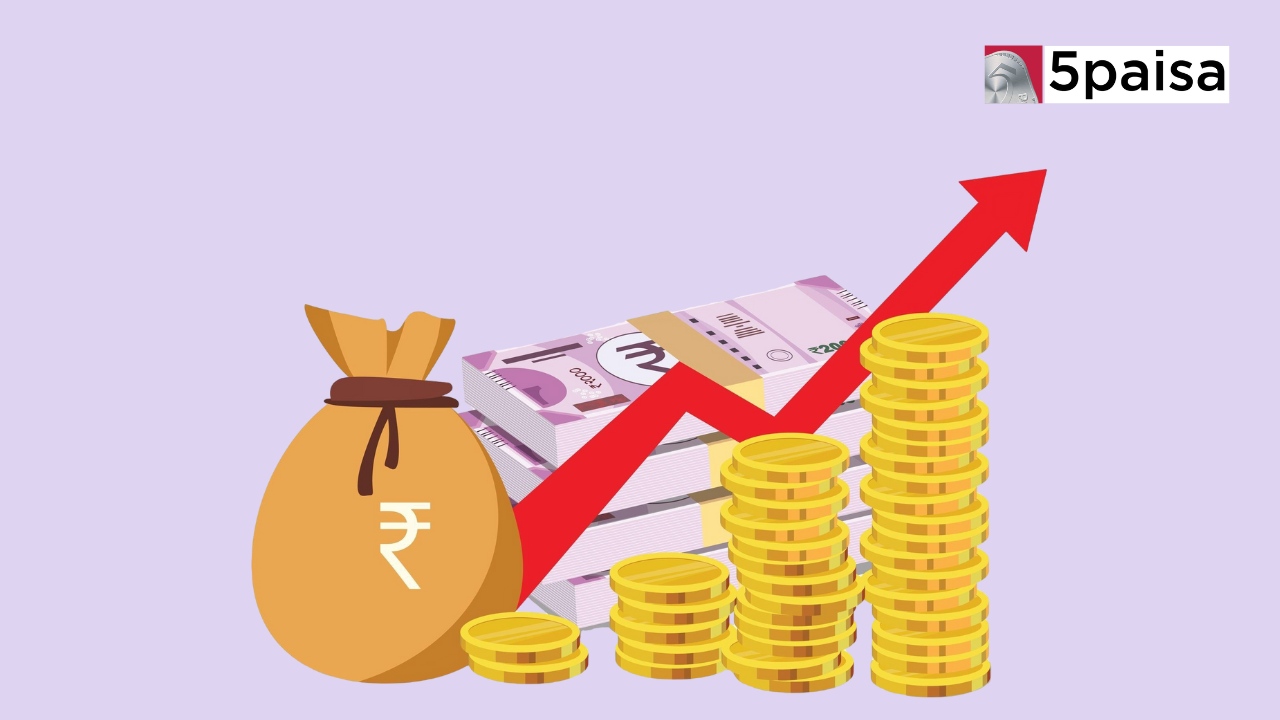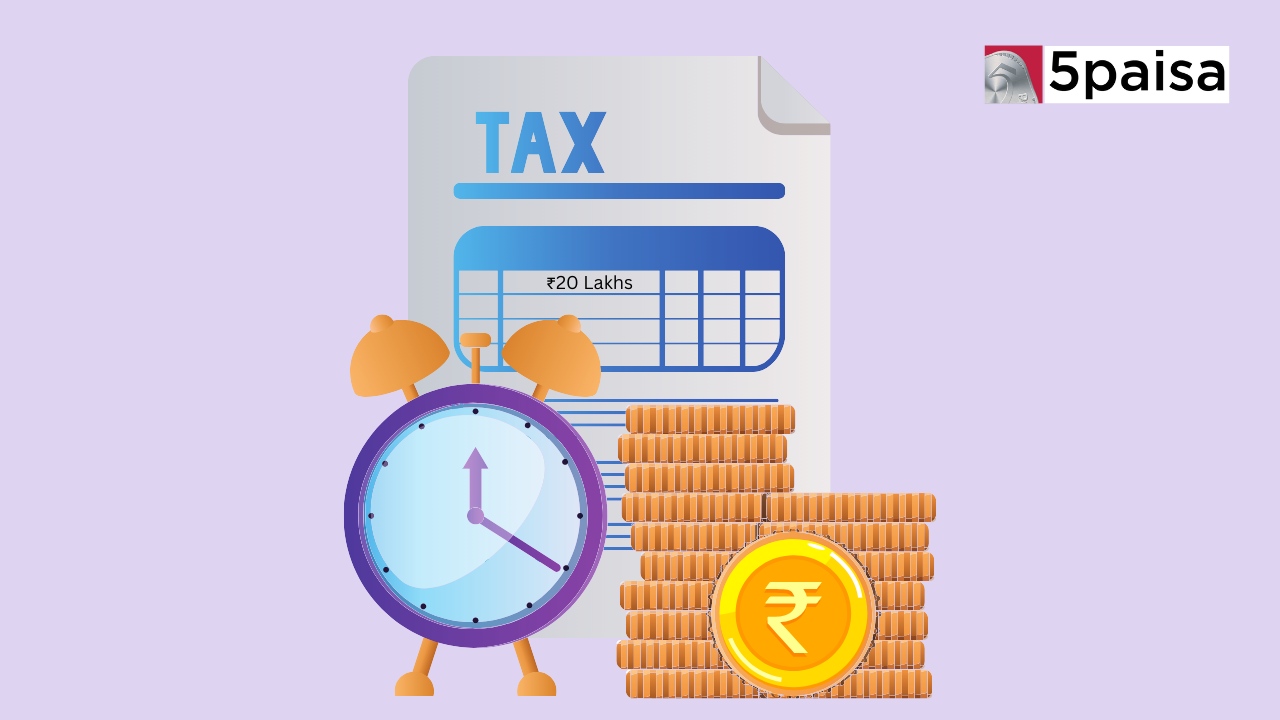Explained: What’s the new rule on tax at source on forex spends and what will be its impact?

Last Updated: 24th August 2023 - 12:38 pm
In the 1990s sending money abroad from India was not easy. For even a small remittance, permissions were needed from different authorities, including the Reserve Bank of India (RBI).
As India’s confidence in its economy and foreign exchange reserve grew, the RBI introduced the Liberalised Remittance Scheme (LRS) in 2004 that allowed easy remittance of up to $250,000 a year. But a condition was added later, a 5% tax collected at source (TCS) for such remittance above Rs 7 lakh with a few exceptions such as payment for education that attracted lower TCS. The Budget for 2023-24 increased the TCS further to 20%.
However, money spent from international credit cards was not part of the TCS. This changed in May when foreign exchange transactions made using credit cards were brought under the LRS. Such transactions, the government said, will attract a TCS of 20% from July 1, 2023.
Since no other country in the world levies TCS on credit card spends, the finance ministry's decision led to confusion and some criticism, too. Later, the authorities clarified that the TCS was applicable only on spend of more than Rs 7 lakh in a year.
Here’s on why credit card spends were brought under LRS, its impact on people using international credit cards and areas where clarity is still awaited.
What is the issue with credit card spending and TCS levy?
The finance ministry issued a notification dated May 16, 2023 omitting Rule 7 of the Foreign Exchange Management (Current Account Transaction) or FEM(CAT) Rules, 2000. This rule specifically provided exception to credit cards from the LRS.
In effect, use of international credit cards for meeting personal expenses by people when they are abroad or while making online payment in foreign exchange had been brought under the LRS, which has a limit of $250,000 (about Rs 2 crore at current exchanges) per annum. Any spending beyond that would need the RBI’s approval. Since overseas remittance under the LRS attracts a 20% TCS, credit card spends too were brought under the TCS.
What is the reason behind levying TCS on international credit card spends?
Instances have come to notice to the finance ministry where the LRS payments are disproportionately high when compared to the disclosed incomes of the people using credit cards. The ministry believes individuals remitting from their own funds are normally expected to be higher-income taxpayers. It expects the primary impact of this would only be on investment in assets such as real estate, bonds and stocks outside India by high-net-worth individuals (HNIs) and tour travel packages or gifts to non-residents.
What was the need for the notification?
While on a visit abroad, a person could use international debit cards or international credit cards for making payments. Payments by debit cards etc. have been treated under the LRS even earlier.
Data collected from top money remitters under the LRS reveals that international credit cards are being issued with limits in excess of the present LRS limit of $250,000. The differential treatment between debit cards and credit cards needed to be removed as well as for capturing total expenditures under the LRS for prudent foreign exchange management and to prevent bypassing of LRS limits.
What is the status now?
Faced with a backlash, the finance ministry issues a statement on May 19 saying that credit card spends only over and above the limit of Rs 7 lakh per annum would come under the LRS and would require tax to be collected at source.
What are the purposes under FEM (CAT) Rules which a resident individual can avail a foreign exchange facility?
Individuals can avail foreign exchange facility, within the LRS limit of $250,000 in a financial year, for the purposes of:
- Private visits to any country (except Nepal and Bhutan)
- Gift or donation
- Going abroad for employment
- Emigration
- Maintenance of close relatives abroad
- Travel for business, attending a conference or specialised training or for meeting expenses for meeting medical expenses, or check-up abroad, or for accompanying as an attendant to a patient going abroad for medical treatment/ check-up
- Expenses in connection with medical treatment abroad
- Studies abroad
- Any other current account transaction
In 2021-22, a total of $19.61 billion was remitted under the LRS, up from $12.68 billion in 2020-21. In 2022-23, it rose to $27.14 billion (Rs 2.24 trillion), of which overseas travel accounted for more than half of the total.
As per recent RBI data, Indians spent around $13.66 billion (over Rs 1.13 trillion) on overseas travel in the current financial year, a 98% increase from the same period of last year.
Does the LRS cover business visits of employees?
No. When an employee is being deputed by an entity for any of the above reasons, and the expenses are borne by the latter, such expenses shall be outside the LRS. In such cases, authorised dealers may give them foreign exchange without any limit, subject to verifying the bona fide of the transaction.
Is there any change in TCS levy for medical or education expenses?
No. The position stays as it was before the Finance Act 2023.
What will be the slab for TCS under LRS from July 1?
Remittance for education loan – 0.5% TCS on remittance of more than Rs 7 lakh in a year
Remittance for education purpose – 5% TCS on remittance of more than Rs 7 lakh in a year
Remittance for medical issues - 5% TCS on remittance of more than Rs 7 lakh in a year
Tour packages – 20% on all remittances
Others – 20% on all remittances.
Are the rules now clear or is some clarity still needed?
It is going to be difficult for the income tax department to differentiate between personal visits and business visits for the purpose of levy of the TCS.
Moreover, since banks issuing credit cards will be responsible for collecting 20% TCS from July 1, this may be difficult for banks to track, and they may have to rely on declarations by the credit card users themselves as to the nature of the payment. They will also have to build an IT system to verify particulars of payment, capture this data and ensure compliance in a timely manner.
- Flat ₹20 Brokerage
- Next-gen Trading
- Advance Charting
- Actionable Ideas
Trending on 5paisa
Personal Finance Related Articles
Disclaimer: Investment in securities market are subject to market risks, read all the related documents carefully before investing. For detailed disclaimer please Click here.
 5paisa Research Team
5paisa Research Team
 Sachin Gupta
Sachin Gupta




